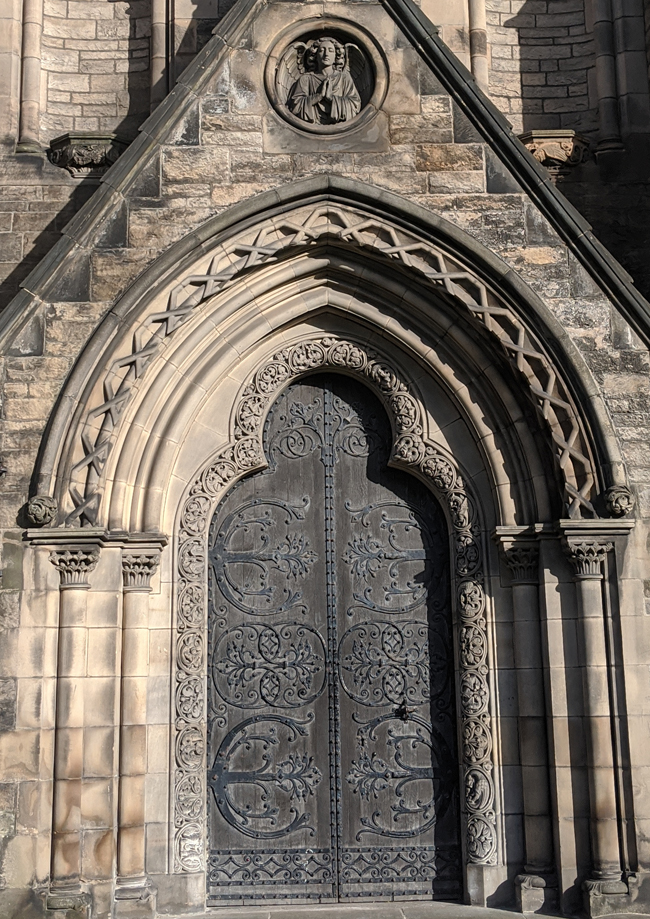
By Liza Horan, Editor
Only twice in my half-century have I walked past churches with doors bolted shut for days and days.
War. Pestilence.
September 11th. Covid-19.
It’s precisely during such hardship times when we may feel most drawn to such a safe haven, yet this is when we are locked out. Banned from the solace of the sacred space. Cut off from lighting candles of hope. Forbidden to seek refuge with others within a holy enclave.
The staggering irony struck me yesterday as I admired the grand Gothic spires and heavy wood and iron doors of St. Mary’s Cathedral, built in the late 1800s amid beautiful grounds that house a characterful outbuilding from 1610.

PHOTO/Anna Shvets, Pexels
It doesn’t matter that this St. Mary’s is Episcopal and I was brought up Catholic. Nor does it matter that I consider myself more spiritual than religious. I believe the major faith traditions stem from the same source as their humble prophets preached the same message: Loving kindness.
“Church is not a building, it is a community of people,” I’ve been taught throughout my religious education in school. Whether it be a tiny stone chapel, an expansive tiled mosque or a wooden temple, such a place invites gathering together in collective peace, joy, strife, or silence. Faith-based refuges are special places where we can be alone in our thoughts yet comforted collectively.
Whether we “belong” to the congregation or not. We ought to focus on what we have in common; hasn’t the pandemic taught us this?
Here are some aspects of church I value.
Quiet reflection. Stillness can be a real break away — from life’s must-do list, other people and even our own selves. It’s a relief to just “be” instead of “do,” and such moments are very rare. In this modern life we actually have to create those moments by carving out time and scheduling them in the diary.
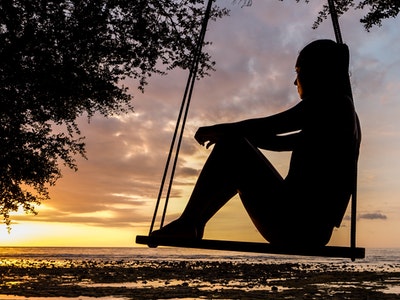
PHOTO/Pixabay, Pexels
Taking the time out to allow a chance to reflect on feelings, thoughts, fears, and wants is so important to allowing your own self to be heard and acknowledged. To process things we must first be aware of them, and then acknowledge them, and then seek to understand them. Only after that can we be ready to consider what to do, if anything, about them.
If we do not reflect on our experiences or sensory information, it’s as if we’re carrying around a bulky bunch of raw materials — like slats of lumber, loose nails and a heavy hammer. They’re cumbersome, sharp, and awkward.
But when we take a break to reflect, it’s like laying out the materials in front of us and seeing how they fit together. These raw materials could be used in several ways: repairing a fence, building an animal hutch or making a crate, for example. Drawing each of them out for observation and consideration allows us to make those materials useful — for a higher good for ourselves and others. Imagine that pile of raw materials becoming a crate to use for piling in harvested fruits and vegetables to sell at a farmer’s market. Transforming those raw materials can result in many enjoying the bounty.
When we actively acknowledge, process and synthesize what’s going on inside, the potential outcome of wisdom can serve ourselves and, eventually, others.
Prayer comes in many forms and there is no wrong way to pray, though it comes from a place of humility and earnestness. It can be as simple as setting an intention or making a wish. Or asking for help from a particular force or none at all. It can be reciting known prayers, like The Lord’s Prayer or a nine-day series (novena) or a mantra. This requires a certain focus, discipline, comfort, and maybe power as part of tradition or when practiced collectively with those near or far.
The practice can move one to a relaxed and meditative state (see sources at bottom). One of my favourite sayings is, “Praying is talking to the Universe, and meditating is listening.” A prayer can be a supplication, but I think it opens a channel for two-way communication. If we are urged to share a frustration or hope outside of ourselves, we are — even in the most micro way — acknowledging something outside of ourselves. It could be about gaining relief by releasing, or trading anguish for comfort, or surrendering frustration for hope.
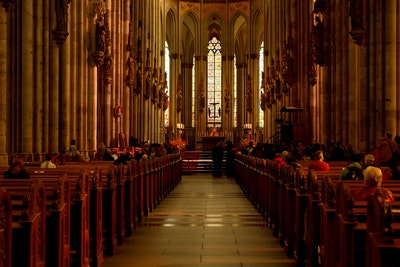
PHOTOS/Pixabay, Pexels
It’s also said that “No prayer goes unanswered.” (The answer may come in a different form, though!)
Prayer is a leap of faith many are willing to take; such leaps are never in vain.
Guidance, inspiration and words of wisdom can be imparted through scripture from a holy text, lyrics of a hymn, the poetry of a prayer, or the sermon delivered by a preacher. It can also come in that quiet reflection space from within or from on high. The sources are many — but being in the zone to receive it can be very much a combination of mind, body and spirit in a space or place. Just because one is sitting in a pew doesn’t mean there’s an openness to receiving a message, a moment of uplift, clarity or direction can come from anyway, anytime.
Community. Gathering among those with similar values holds great power and meaning. It makes one feel part of something greater as we stand witness to some belief. Even if one is not interacting with others during a reverent service, each of us is holding the space with and for each other. This is the most significant change we’ve experienced with lockdown. It is central to our human experience to be together and interact.
We’re managing virtual community-gathering on social media, livestreams and video calls, but the spiritual experience often is about witnessing the experience in listen-only mode. These are available online, whether it’s a religious service on YouTube, inspirational talks on Zoom or live guided meditations on social media, these experiences can happen on demand or collectively. Just being present with others is positive.
Do you experience a song differently when you listen individually rather than hearing it on the radio?
I do — I feel much more energized when hearing a favourite tune on the radio or on a re-run of Top of the Pops than I do if just listening to it on Spotify; the difference is feeling the connection with others who are experiencing this right now, too! That live communal experience is entirely different.
There are collective, quiet, spiritually focused happenings online. For example, Mother Meera’s daily “darshan in silence” is livestreamed daily at 6 p.m. BST. The Pope started livestreaming his daily mass because of coronavirus, and lots of meditation is available free online.
Seek community connection creatively is a challenge during lockdown, but it’s possible.
~~~
CHURCHES ARE CLOSED, YET SACRED SPACES SURROUND US.
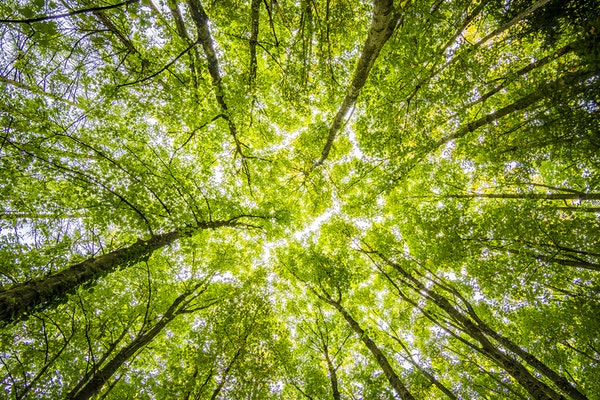
Here are some of the ways I’m experiencing spirituality in lockdown.
On my walk, I dip under low boughs sporting spritely new green leaves. I ask to soak up its pure and clean energy. I swerve between the trees, dragging my hand over its rough bark in thanks. My feet pad along the moist soft carpets of grass, some so worn they’re just dirt and roots; I’m grounded.
Sitting in the sunbeams, I gaze upward as the light dapples through mini umbrellas of leaves. Then I shift sideways to spot shapes in the moving clouds, seeking to read them (for folly or meaning).
Combing the beach for sea glass, shells and driftwood, I lose track of space and time, mesmerized by the lapping of cool freshness.
Observing bursts of color — neon oranges, pinks and purples, at times — from flowers that have waited to go on this scentual parade. It’s the sensation of walking through a florist’s shop, yet the shapes aren’t manicured for show and the parfum flies on the breeze.
Hearing the playful soundtrack of birdsong, seemingly more spirited than ever. Did someone turn up the volume, or is it just the absence of planes, cars, passers-by?
Entering cozy spaces within: Lighting a candle, setting an intention, lounging in a soft chair, and cracking open a brand new lined journal to write amid glowing light. Expressing those thoughts, feelings, questions, and insights.
Energy. Inspiration. Calm. Peace.
Nature is my sacred space, and freedom from the pre-lockdown rush, bustle and noise has been an oasis to reflect and express.
My Challenge: How do I carry this forward after lockdown?
My Commitment: Recognising that these things feed me in a way that enables me to be my true self; and maybe position me to be my ideal self. That’s invaluable.
After lockdown, I will continue immersing myself in sacred spaces, from beach walks to church visits.
Now I know it is available to me, come war, pestilence or anything else.
More on the power of prayer, mantras and intentions, plus resources
- Psychology Today explains how Western religion focused on prayer as an external petition, while Eastern faiths went inward, and other traditions like Wicca are predominantly mental expressions.
- According to a 2005 study in the Journal of Behavioral Medicine that compared the effects of secular versus spiritual meditation foundation those who “practiced spiritual meditation showed greater decreases in anxiety and stress and more positive mood. They also tolerated pain almost twice as long when asked to put their hand in an ice water bath,” Elizabeth Bernstein wrote last week in The Science of Prayer in The Wall Street Journal.
- Lynne McTaggert’s research has proven the healing power of intention.
- Yoga Journal reports on the neurological benefits of prayer and mantras.
- “The Coronavirus Novena” was created to support those suffering with symptoms. It calls upon a variety of saints regarded for their intercession for those with infectious disease or who are sick or dying. Print
- The Dalai Lama recommended the Buddhist “Tara” mantra to help decrease the spread of coronavirus worldwide. Listen
- Spiritual Science Research Foundation has a research-backed spiritual healing chant for coronavirus.
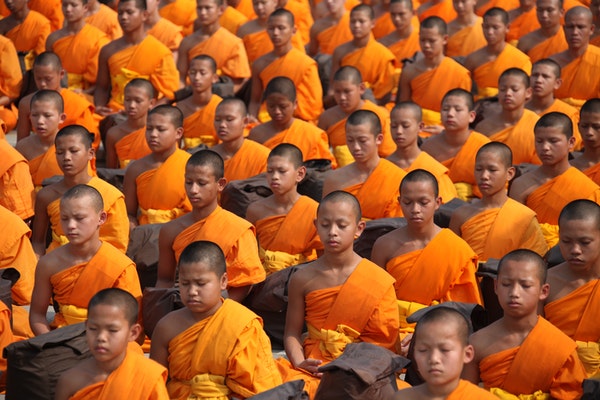
PHOTO/Pixabay, Pexels

Comments